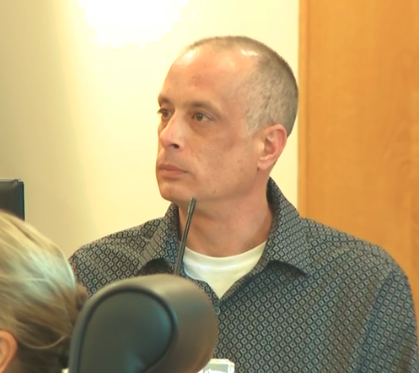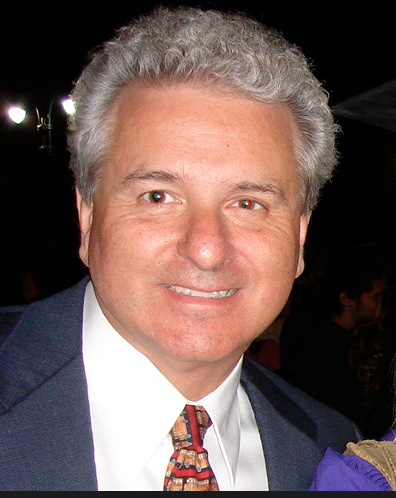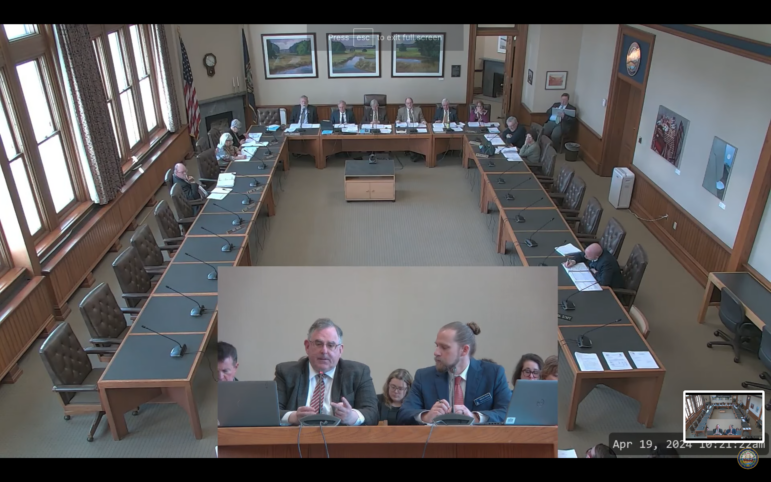
By GARRY RAYNO, InDepthNH.org
Key to the upcoming legislative session will be redistricting and how the state’s political boundaries influence the political landscape for this decade.
The controversial Congressional map has had much discussion, along with the House districts, which would cement Republican control of the House and one Congressional district for the years to come.
This month the Senate Special Committee on Redistricting holds public hearings on its proposed maps for the Senate and Executive Council.
The committee has published two proposals for the Senate districts, one from Republican committee chair James Gray of Rochester and one from the lone Democrat on the three-member committee, former Senate President Donna Soucy of Manchester.
Only Soucy’s proposal for Executive Council districts is on the committee’s website, while a Republican plan floated a couple of weeks ago undergoes refining.
Most redistricting plans are incumbent reelection acts for the majority party, which has been the Republicans for many decades.
The year after the U.S. Census is taken, lawmakers have to draw new lines for the state’s political boundaries to balance representation to the latest population data.
Ten years ago, Republicans had veto-proof majorities in the House and Senate and controlled all five Executive Council seats, with only then-Democratic Gov. John Lynch to object, but whose veto was easily overridden.
That redrawing favored a four-to-one Republican majority in the Executive Council with the state’s Democratic strongholds — with the exception of Nashua — packed into District 2 which snaked from the state’s western to eastern borders.
Remember New Hampshire is truly a purple state with the number of Republicans and Democrats about equal — the Dems have a slight advantage — with undeclared or independents outnumbering either party’s affiliation.
The top of the ticket went Democratic, with the exception of Gov. Chris Sununu, at a larger margin than the bottom of the ticket went Republican with a 1.5 to 2 percent margin.
But looking at the two parties’ plans you would believe New Hampshire is a Republican stronghold or at least in Democratic hands depending on your affiliation.
Executive Council
The plan Soucy proposes would do away with the District 2 snake from Keene to Portsmouth, and instead the districts would follow county lines in many instances.
Her plan also maintains the tradition of Manchester, Nashua and Concord being the centers of three of the five districts.
And it would give Democrats a solid three seats, if not four and one that would be a toss up, although it generally follows what had been traditional groupings in the years before the 2011 changes.
And the five current councilors would still be in their respective districts, something the GOP plan floated a couple of weeks ago did not do.
Ten years ago the sacrificial lamb in the redrawing was 2nd District Councilor Dan St. Hilaire of Concord, who would be in the packed Democratic district. He is now a superior court judge.
The sacrificial lamb in the GOP floated plan would have been Republican District 3 Councilor Janet Stevens of Rye.
The floated plan would create two heavily Democratic districts, one that stretches from Nashua to Hanover, but avoids Milford home to District 5 Councilor David Wheeler, and the other from the western suburbs of Concord to the Seacoast.
The other three districts would be Republican locks with one centered around Manchester and the Republican conclaves to its east, a snake from east of Nashua encompassing most of the Republican leaning towns south and west of Concord and up toward the Upper Valley, and the heavily Republican areas of Rockingham County from the Massachusetts border to about Route 4 between Concord and Durham.
Soucy’s plan places Coos, Carroll, Belknap, Grafton and Sullivan counties into District 1.
District 2 would include Strafford County and Merrimack County with the exception of Hooksett, which would be in District 4 with Manchester, Derry and the towns around the Queen City.
District 5 would include Cheshire County plus Nashua, Hudson and the towns in between.
State Senate
In general, the two plans from Gray and Soucy differ wildly in some areas and are very similar to the existing configuration in others, but not in the same places.
For example, the Republican plan keeps the current arrangement established 10 years ago that moved what had traditionally been District 4 from the Laconia area to one based around Dover. Soucy’s plan returns District 4 to its traditional area.
The bottom line is that Gray’s plan creates 13 solid Republican districts, eight guaranteed Democratic districts and three toss ups.
Soucy’s plan creates 11 solid Democratic districts, nine with Republican locks and four toss ups.
Gray’s plan has some interesting developments for three incumbents.
For Republicans, it would pit two incumbent senators against one another if both decide to run for re-election.
Under Gray’s plan, District 1, the top third of the state, sheds most of its unincorporated places to districts 2 and 3, and picks up five towns currently in District 2 including Warren, which is home to District 2 Sen. Bob Giuda.
If he runs again, he would have to face District 1 incumbent Erin Hennessey of Littleton in a primary.
The other incumbent sure to have a hard time returning is Democratic District 16 Sen. Kevin Cavanaugh of Manchester.
He lives in Manchester’s Ward 1 and is its Alderman.
The district has swung between the two parties of late and includes wards 2 and 12, along with the towns of Bow, Candia, Dunbarton and Hooksett.
Under Gray’s plan, the new district would include Ward 1 in Manchester and the towns of Candia, Goffstown, Hooksett and Raymond, all solidly Republican communities, while losing Bow and Dunbarton. Bow moves to a super Democratic district with Concord and Hopkinton, and Dunbarton moves to District 8.
Bow voted overwhelmingly for President Biden and former President Trump won Dunbarton by about 400 votes.
But Hooksett, Candia, Auburn, and Raymond voted overwhelmingly for Trump and Goffstown was close, but in Trump’s camp.
Cavanaugh faces a steep uphill battle to return to the Senate in Gray’s redrawn district, which moves from a toss up to a heavily favored Republican seat.
Traditionally Manchester has had three state Senators —often two Democrats and one Republican — until recently when three Democrats have represented the city.
Gray’s plan, much like the House Republicans’ plan for House districts, under-represents Manchester.
The Gray plan is more likely to produce a Republican Senator from outside Manchester, which comprises about 10 percent of the state’s population, or 2.4 Senators.
The major change in what Soucy proposes is realigning the districts so that District 4 represents the Lakes Region again with Laconia, Gilford, Gilmanton, Alton, Belmont, Barnstead, Farmington and New Durham.
Many of those communities are in District 6 in Gray’s plan, which is also his district.
And Soucy returns District 6 to one more aligned to the Tri-City area including Rochester, Somersworth, Barrington and Strafford, also making it more Democratic, but not a lock for that party.
Both Soucy and Gray made changes to what is now District 9, with Gray dropping out Democratic communities of Peterborough and Dublin and picking up a couple of more Republican leaning communities.
Soucy changes it to the more traditional area of Bedford, Merrimack and New Boston while moving the other towns to districts 10 or 11.
Both plans make some adjustments to districts 23 and 24 on the Seacoast to favor their parties and to District 8.
A public hearing on the plans for the State Senate and Executive Council districts will begin at 1 p.m. Jan. 10 in
Representatives Hall in the State House.
The proposals are available on the Senate Special Committee on Redistricting at http://www.gencourt.state.nh.us/Senate/committees/Redistricting/billsandsubmissions.aspx
Garry Rayno may be reached at garry.rayno@yahoo.com.
Distant Dome by veteran journalist Garry Rayno explores a broader perspective on the State House and state happenings for InDepthNH.org. Over his three-decade career, Rayno covered the NH State House for the New Hampshire Union Leader and Foster’s Daily Democrat. During his career, his coverage spanned the news spectrum, from local planning, school and select boards, to national issues such as electric industry deregulation and Presidential primaries. Rayno lives with his wife Carolyn in New London.





